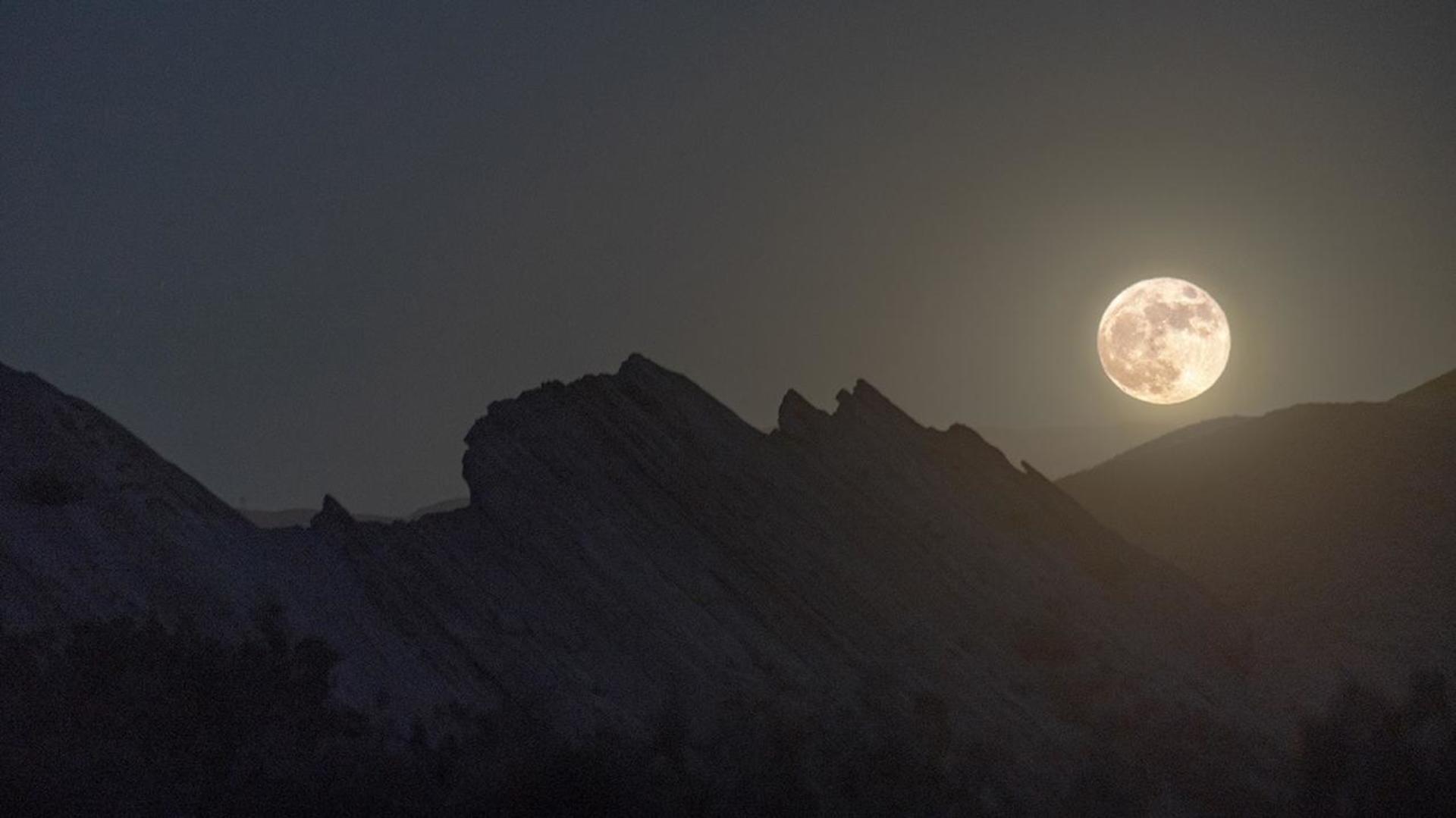
What is Worm Moon that will be seen this week
What's the story
Starting today, a full moon will light up the sky and will be seen all through this week. It is the last full moon we will be seeing in winter. Named the 'Worm Moon' by Native American tribes in the 18th century, the upcoming full moon will be seen in the direction of the constellation Leo, near the star Regulus.
Context
Why does this story matter?
Full moons that occur each month have been given popular nicknames, by various cultures across the globe. They are often named after weather events that occur during that part of the year. For instance, February's full moon is called Snow Moon. It's a widespread belief that there is special energy associated with full moons and several people indulge in manifestation practices during these times.
Worm Moon
How did Worm Moon get its name?
The Maine Farmers' almanac started publishing Native American names for full moons and these names are now widely known and used. According to the almanac, American tribes called March's full moon as Worm, Crow, Crust, or Sugar Moon. The name 'Worm Moon' signifies the time when earthworms and other insects would climb out of their hideouts to welcome spring.
Naming
Why is it also called Crow or Sugar Moon?
It is also called the Crow Moon, with reference to the cawing of crows which signaled the end of winter. Other names include the Sap (or Sugar) Moon because it was the time for tapping maple trees. A European name for March's full moon is the Lenten Moon since it coincides with Lent, the traditional period of fasting that precedes Easter.
Planetary conjunction
The Venus-Jupiter conjunction will continue to be seen this week
Along with the full moon, we will also continue to witness the amazing spectacle of the Venus-Jupiter conjunction throughout this week. The planets will begin to set as the Moon starts to rise. You might not want to miss this rare conjunction since the planets are expected to only be visible for about an hour (if weather permits) at sunset near the western horizon.
Moonbow
You might also get to see a rainbow
In case it rains at night, you might also get to see a moonbow. Also called lunar rainbows, moonbows form when light from the Moon is refracted through water droplets in the air. They are extremely faint and are rare occurrences. Take note, moonbows only occur when the full moon is low in the sky, so keep an eye out for them after sunset.
Information
We will have 13 full moons this year
Unlike most years, where we have 12 full moons, this year will have 13. Two supermoons—called the Sturgeon moon and Blue moon—will occur in August. Supermoons are brighter and appear larger in the sky because they are closer to Earth than normal.